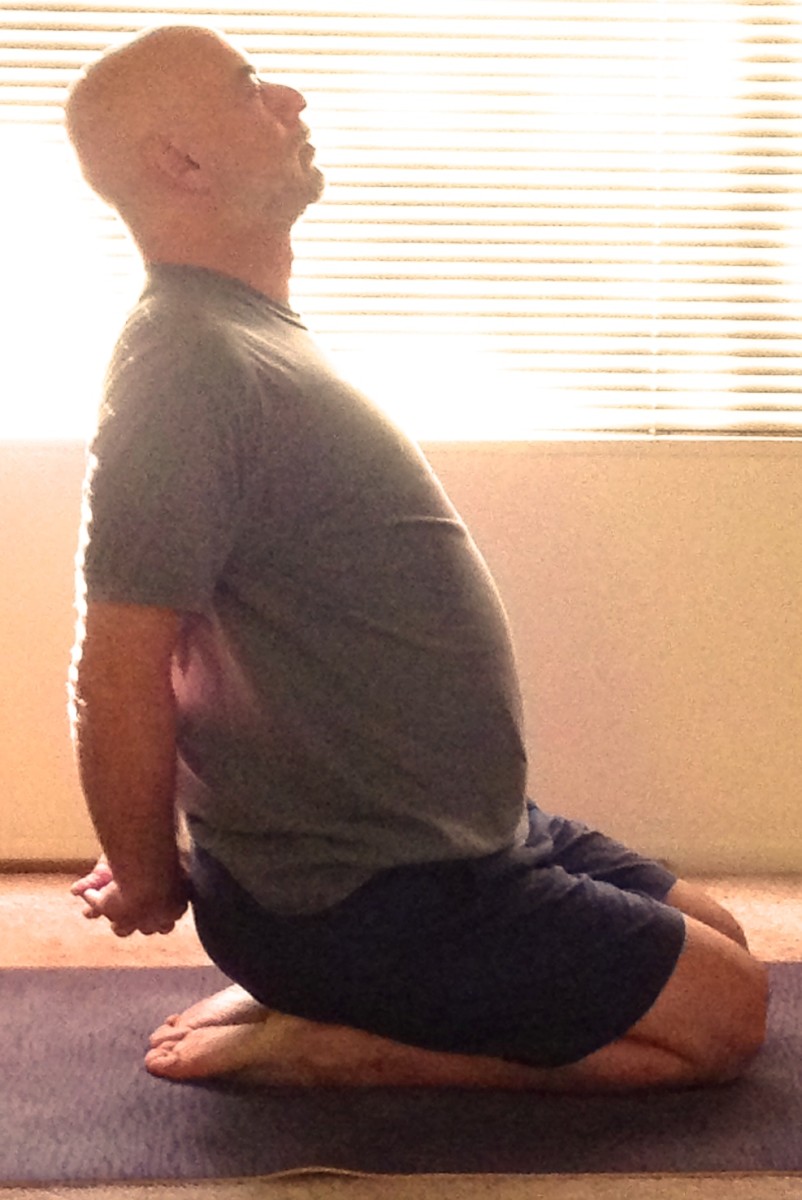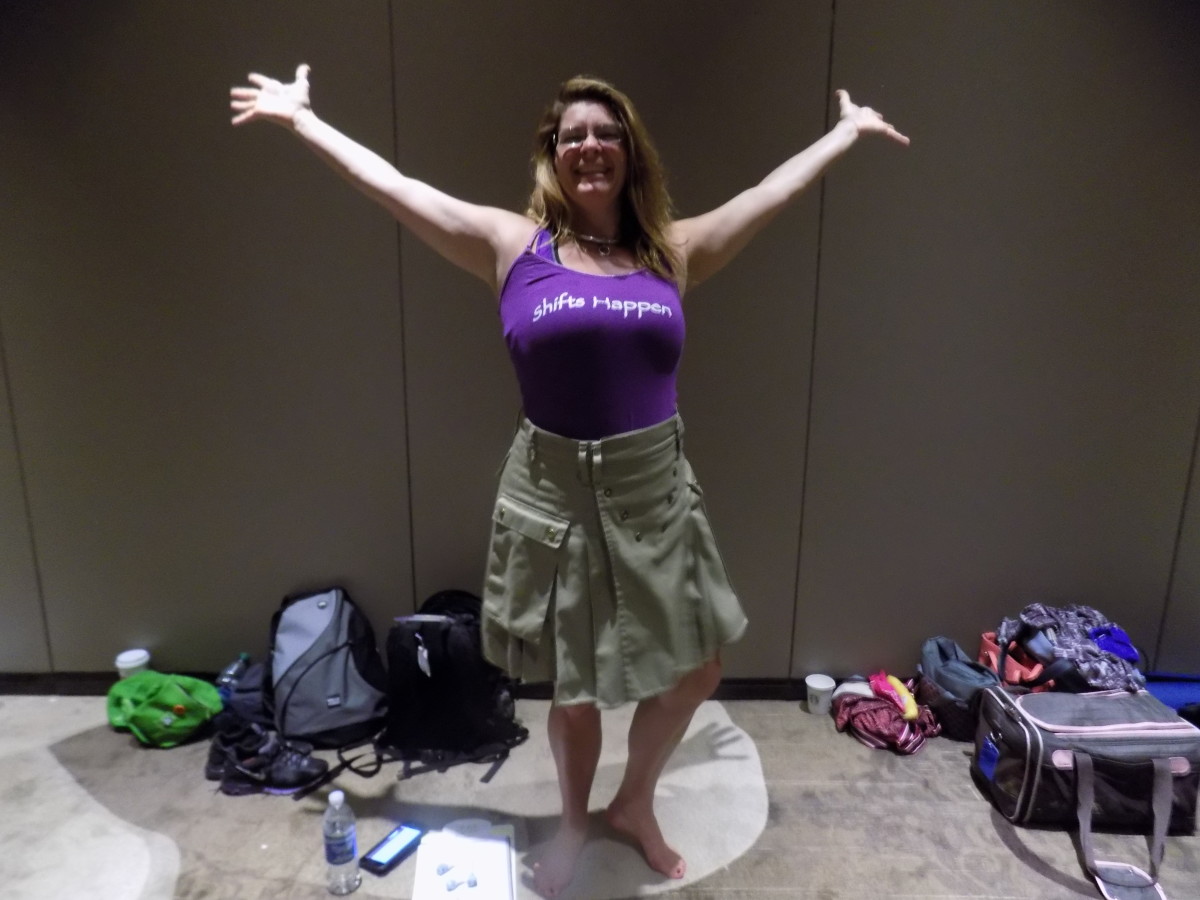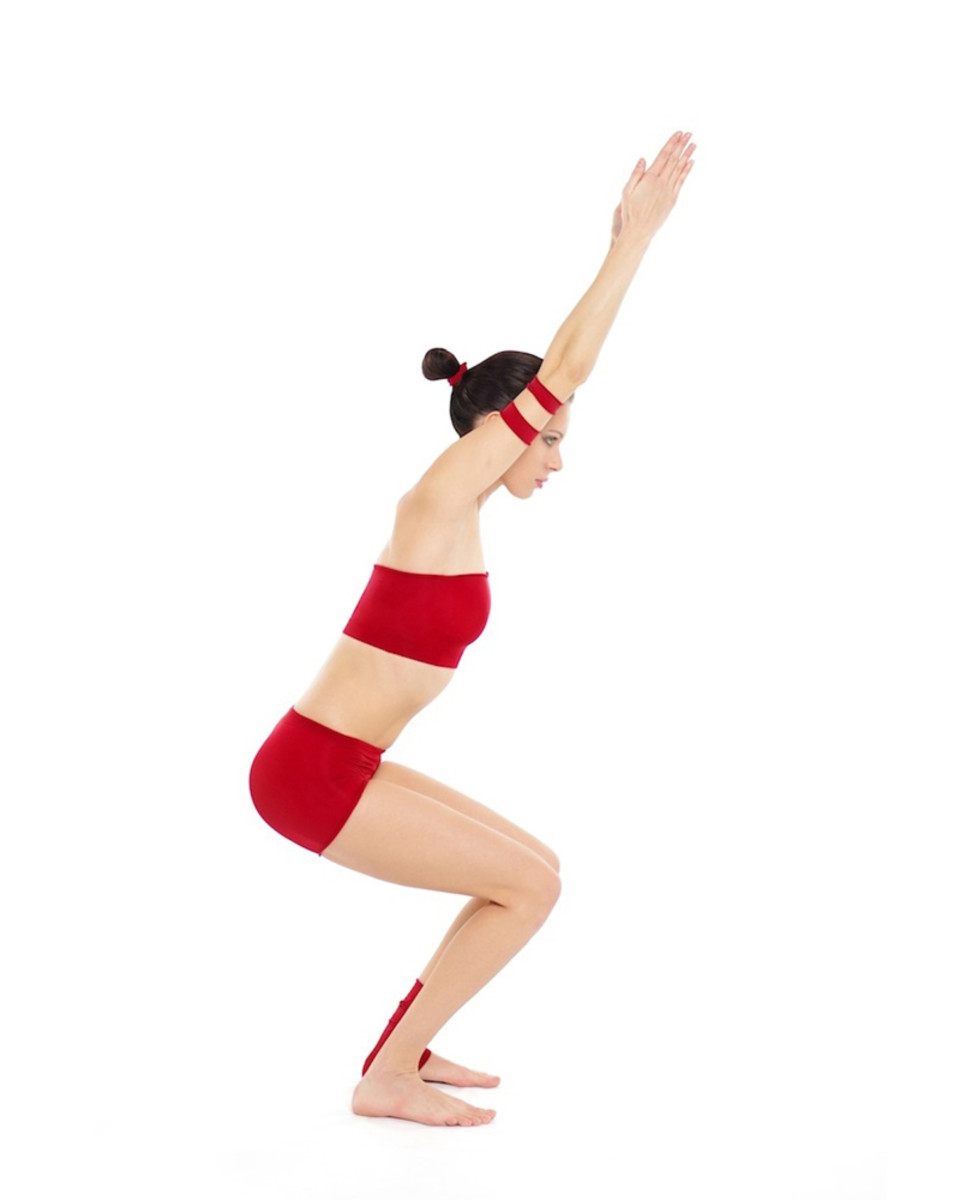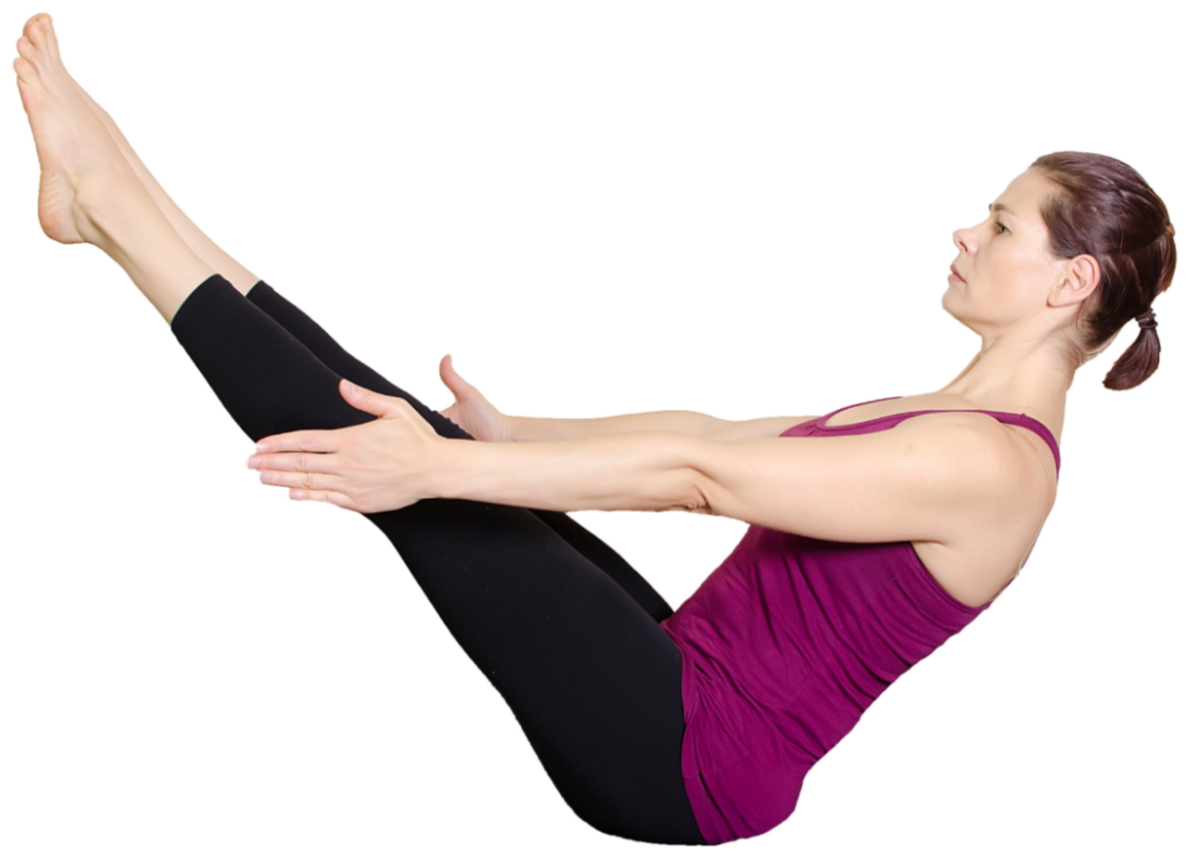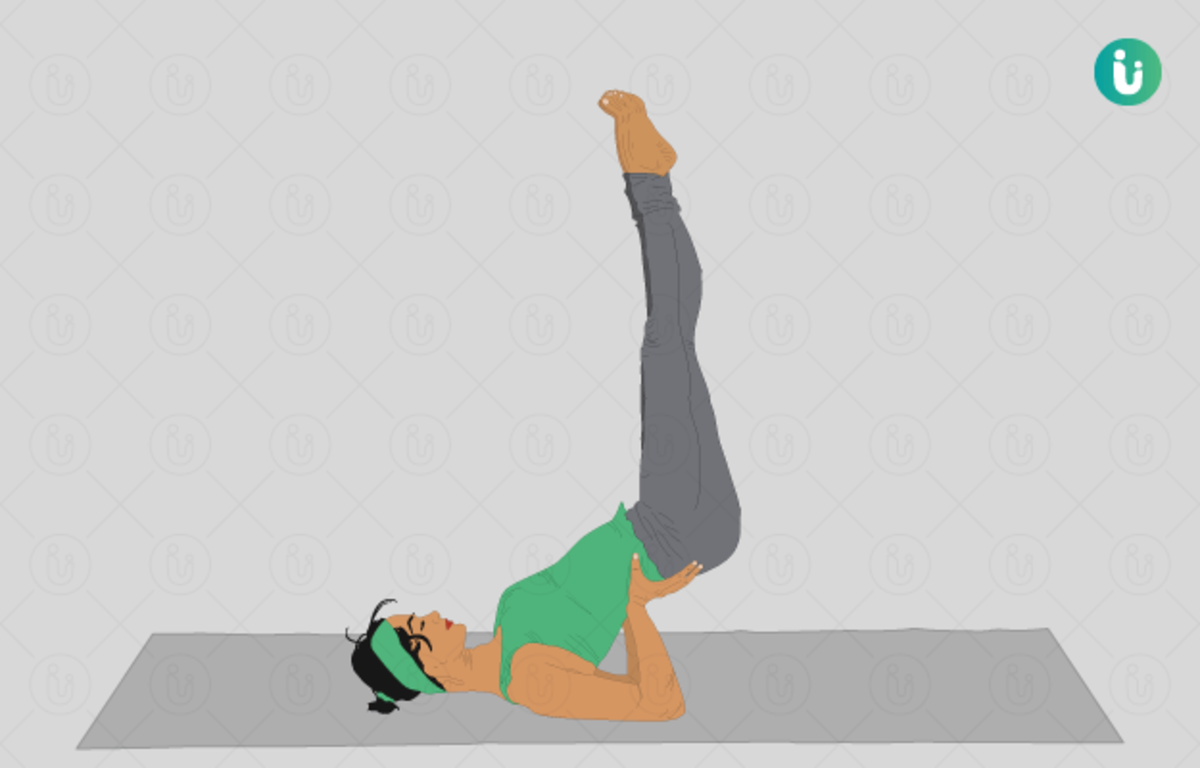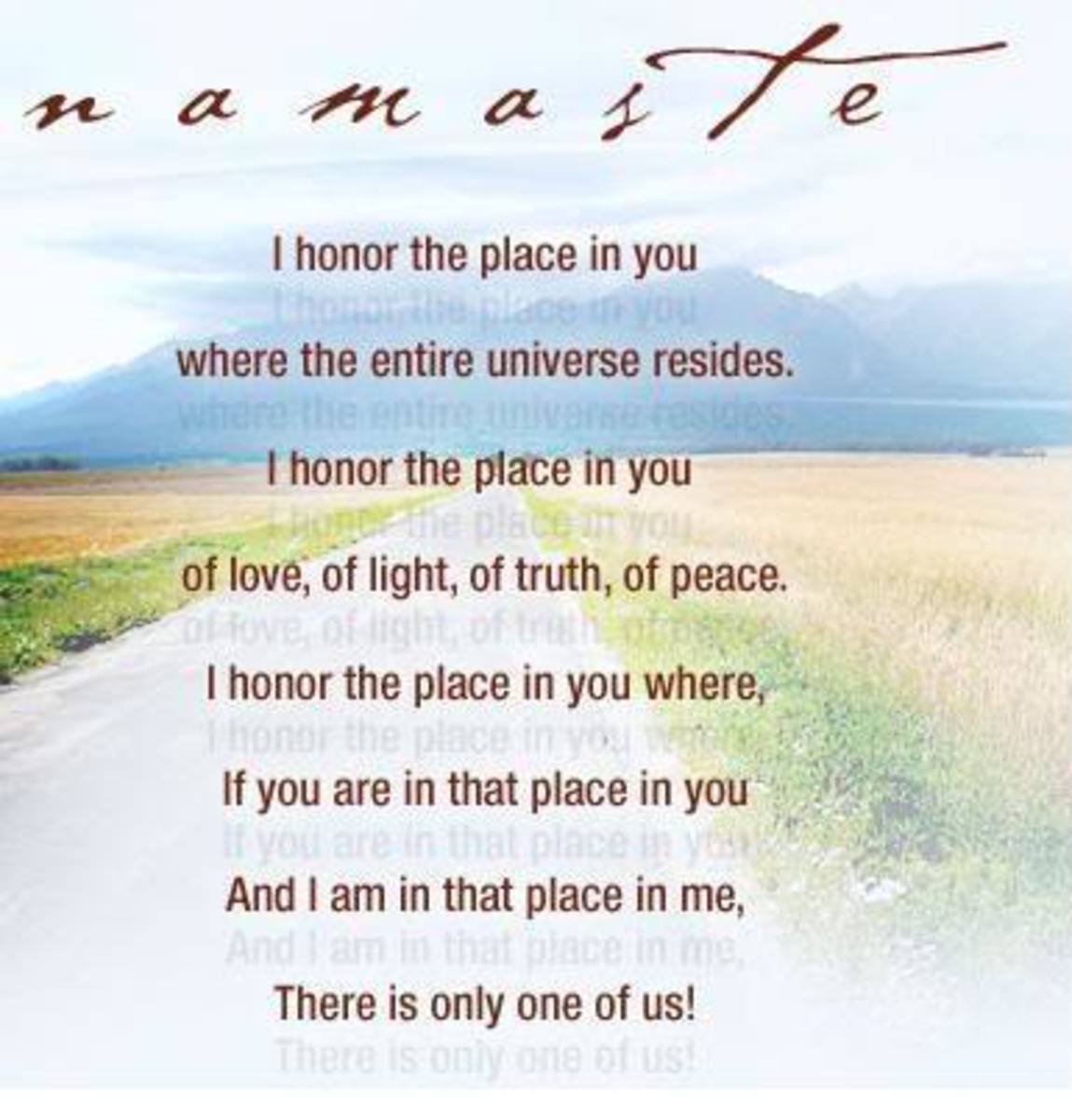The Simple Beauty of Shavasana

Learning to Relax Within
Recently, a friend posted a picture of a women engaged in the cobra pose on a well-known social media site. In the picture, the woman looked radiant as she opened her heart in the pose. When I read the comments below the photograph, one comment appeared more than other comments, "I could never do that."
Actually cobra pose or Bujangasana, as it is known in ancient Sanskrit, is quite simple. Even if there is limited flexibility in the spine, cobra pose can be performed with various degrees of benefit to the practitioner. As many yogis will tell you, looks can be deceiving because (in yoga) the poses that appear to be simple are actually the most difficult to master.
Shavasana or corpse pose as it is sometimes called is a shining example of this truth. This posture is the pose of relaxation. It is rest for the body and mind after a challenging practice. The pose is a time to let go of tension as the yogi gives in to the forces of gravity and becomes one with earth. Shavasana is beautiful in its simplicity because it basks in the present moment allowing the body to release tension and find peace within the self.
However, Shavasana is as challenging as it is simple. To the person that has never practiced yoga, the pose may seem easy as he or she thinks that the only requirement is to position one's self on his or her back, arms beside the body, and eyes closed. To the person that has spent any time in Shavasana, the pose is challenging because relaxation is perhaps the most difficult state to achieve. To illustrate this point, imagine that you have been given the task to run errands for 30 minutes without taking a break. During this time, you subconsciously take in the events of the time spent on task. Your brain records every single move that you make, every single action, and every single mistake. After 30 minutes of activity, you are asked to stretch out on the floor on your back and you are instructed to close your eyes and relax. Chances are, as you try to achieve a state of relaxation, your subconscious just will not let go of the events. As a result, you are bombarded with inner criticism and begin to judge your actions and reactions.
The truth is that it is difficult to turn off our inner critic and this is why many people have trouble relaxing and fighting anxiety. It is for this reason why people have trouble reclining in Shavasana because the mind wants to judge. The mind wants to remind us that our feet did not touch the floor in dog pose, that we could not balance in tree pose, or that we failed in an attempt at upward bow.
In order to turn off the mind and achieve the simple beauty of Shavasana, use the following method.
1. Lie on your back in corpse pose with your arms by your sides. Do not try to force the pose, just let it happen naturally without thinking too much about the arms or the legs.
2. Concentrate on the breath instead of the limbs. Listen to the sound your breath makes as you inhale and exhale through the nose. Think about the abdomen as it rises up and down. These occurrences are natural bodily functions that must take place. The breath is the body's regulator and can control emotional reactions to stress and anxiety. Taking slow, deep, and relaxing breaths in conjunction with the body reclining on the back is a natural sedative. It is calming to watch the breath in this manner and is often all that is needed to bring about a state of relaxation.
3. Don't judge the day's activities. Thoughts will occur. Thinking is a natural process and we can not turn off our brains. We can (instead) take note of the thought and let it go by not dwelling on its presence. As we begin to form this state of deep relaxation, the thinking process will not be as important as it once was to us and through this experience we will learn to put aside worries and frustrations as we take time to nourish the body mind and spirit.


